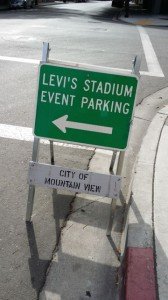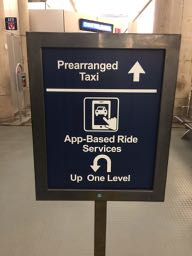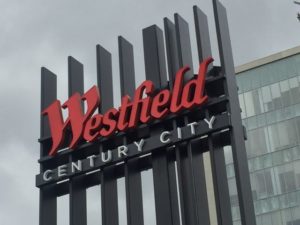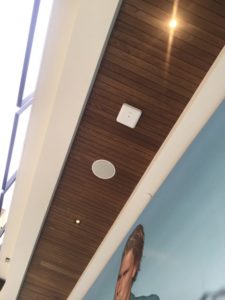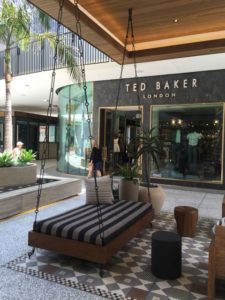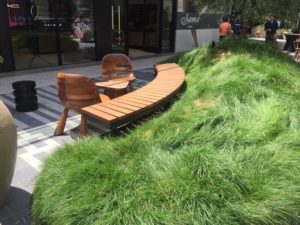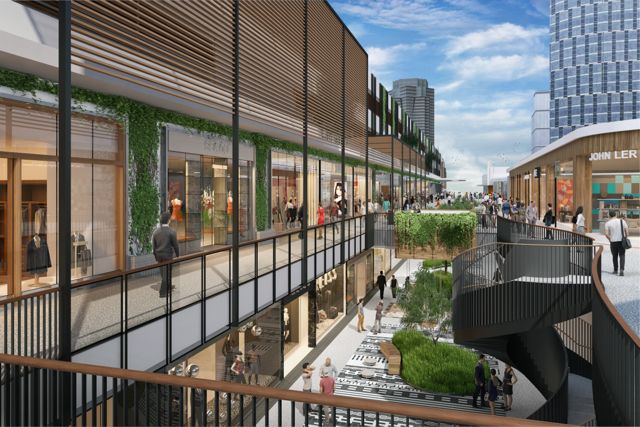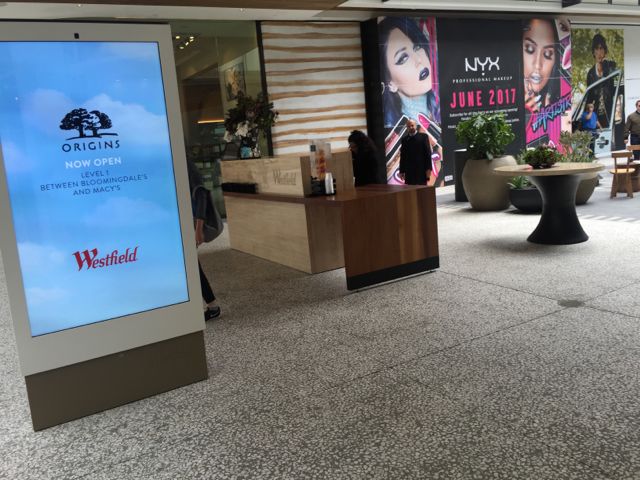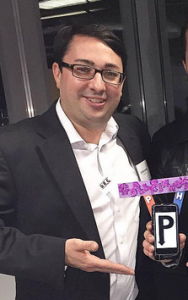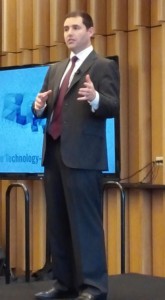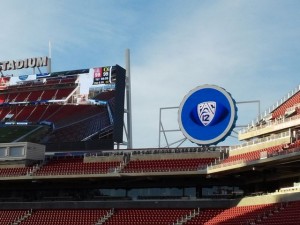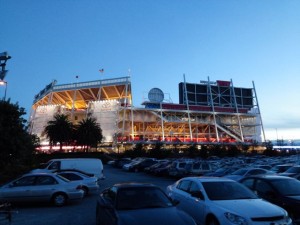For every press release or story we hear about charging fans extra for an in-stadium “experience” like meeting team members during a practice or shootaround, I’m confused as to why there aren’t similarly numerous stories about premium parking plans that are available to the everyday fan, and not just season-ticket holders. At just about any venue we’ve been to, it’s easy to spot where the club-level patrons get to park their late-model imports: Right near the door.
No parking perks for regular fans
Editor’s note: This essay is from our latest STADIUM TECH REPORT, an in-depth look at successful deployments of stadium technology. Included with this report is a profile of a new MatSing ball DAS deployment at Amalie Arena, a new under-seat DAS deployment for the San Francisco Giants at AT&T Park, and a look at the new DAS at Wrigley Field! DOWNLOAD YOUR FREE COPY now!
That’s an obvious perk for those who are scratching big checks, but what about the thousands of “regular” fans whose best bet is often just to arrive hours before game time to get a better spot? Why aren’t there more systems that would allow the upper-deck crowd to spend maybe 10 or 20 bucks more to guarantee a closer spot, or one with other amenities (close to the exit, bathrooms, etc.)? Is it because teams may not have control over lot spaces, or is it just due to lack of interest and/or creative thinking?
Maybe we need to dig deeper to find these stories ourselves, but if this kind of thing is happening at your venue, let us know. Though I don’t qualify for handicapped status, on some days a flareup in my surgically repaired back would make it extremely worthwhile for me to pay extra to be closer to the stadium, or to park in a lot that has a shuttle or pedicab service. I’d also pay a premium to be able to reserve a spot next to a friend, to make sure we can tailgate together.
Uber, Lyft causing cellular overload?
I also throw ride-sharing services like Uber and Lyft into the mix here, and wonder if any venue has successfully solved what I call the “Uber overload” problem. Even as most venues now have a set-aside area for Uber and Lyft dropoff and pickup, I have now twice heard of a problem I’d bet is duplicated in many other venues: Namely, ride-share services that are screwed up because there isn’t enough connectivity outside the stadium to handle the crush of fans seeking that final connection with their driver.
In one place I heard of this happening — AT&T Stadium in Arlington, Texas — the Uber driver I was with said that many drivers had the experience of getting a ride request, only to be unable to find (and confirm) the ride because neither driver nor rider could connect outside the stadium walls. Maybe that’s improved lately (this conversation was a year ago) but the driver told me an interesting workaround — drivers en route to AT&T Stadium would first head to a fast-food restaurant on the parking lot fringes and use the restaurant’s free Wi-Fi signal to tell riders to meet them there. Anyone else out there have this problem and/or found a solution? Let me know. I will also start trying to check ride-sharing services and parking at stadiums in our profile visits, so stay tuned.In forward-thinking places like the Westfield-managed Century City Mall we’ve seen parking technology installed with priority status, perhaps because a guaranteed place for the car is of higher importance to shoppers than to eventgoers. We have seen some parking startups help teams and venues shift payment systems to digital platforms, which has produced savings in time and money from the inevitable failures of cash-based transactions through a car window. But that seems like just the start. If your team, venue or startup has a story to tell here, you know where to find us.
